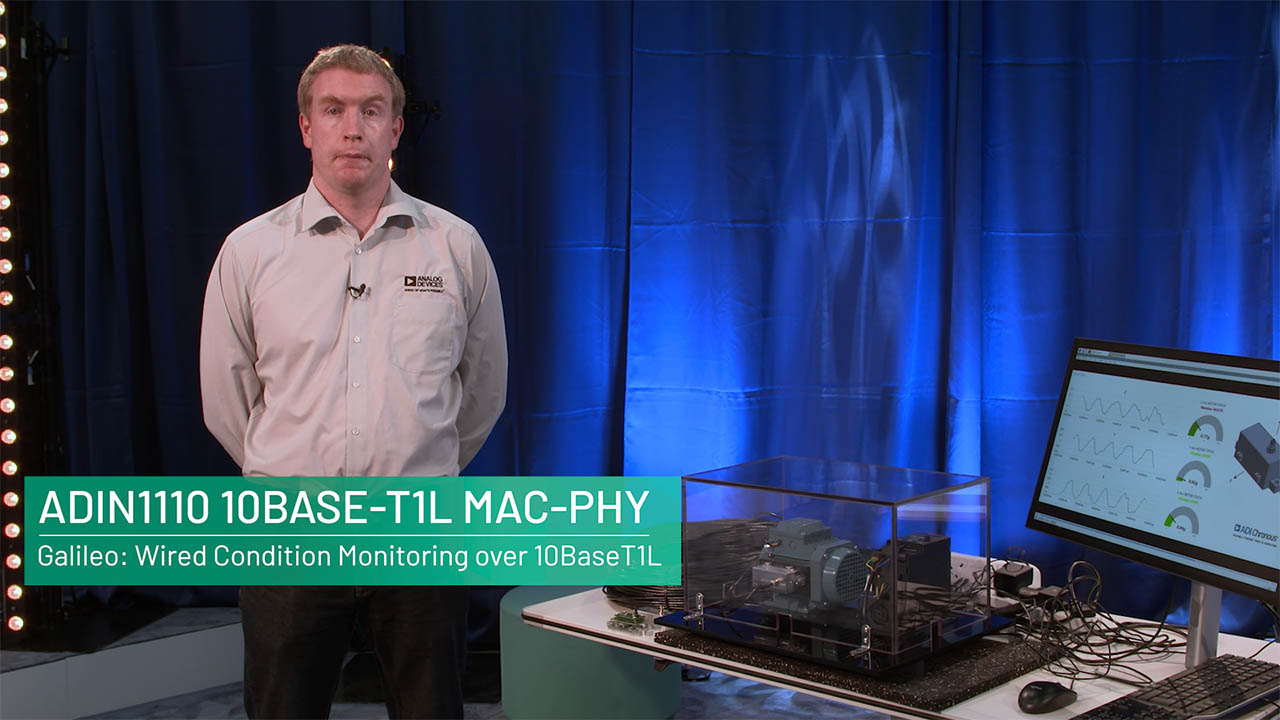The AD-APARD32690-SL is a platform for prototyping intelligent, secure, and connected field devices. It has an Arduino Mega-compatible form factor and two Pmod™-compatible connectors.
The system includes the MAX32690 ARM Cortex-M4 with FPU-Based Microcontroller and Bluetooth LE 5.2. The MCU is coupled with external RAM (2 x 512 Mb) and Flash (64 Mb) memories to meet the requirements of the most demanding applications. The MAXQ1065 security coprocessor enables state of the art security features such as for root-of-trust, mutual authentication, data confidentiality and integrity, secure boot, and secure communications.
A 10 Mbps single-pair Ethernet link using the ADIN1110 10BASE-T1L MAC/PHY, enables remote data acquisition and system configuration. The 10BASE-T1L interface also supports Single-pair Power over Ethernet (SPoE) and be used for powering the system via an Arduino shield implementing the required power circuitry.
WiFi connectivity is provided via the on-board NINA-W102 multiradio wireless MCU module with internal antenna.
Power can be supplied either via the USB-C connector or via a 2-pin terminal block. The supported input voltage range is 5 V to 28 V.
The system is accompanied by an open-source software stack and associated collateral, enabling a complete experience from evaluation, and prototyping, all the way to production firmware and application development. The open-source software stack also includes drivers and example applications for a wide variety of ADCs, DACs, sensors, and other devices commonly used in industrial applications, further accelerating the development process. An external programmer such as the MAX32625PICO DAPLink, or any other similar programmer supporting the SWD interface, enables firmware programming and debug. The system’s firmware is based on Analog Devices’ open-source no-OS framework which includes all the tools required for embedded code development and debugging as well as libraries, enabling host-side connectivity for system configuration and data transfer over the UART, USB, WiFi, and 10BASE-T1L interfaces.
APPLICATIONS
- Factory automation
- Process control
- Intelligent buildings
- Secure field instruments
- Internet of Things





















